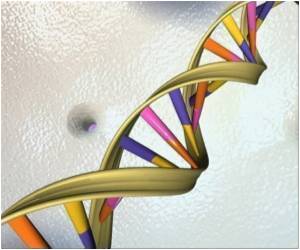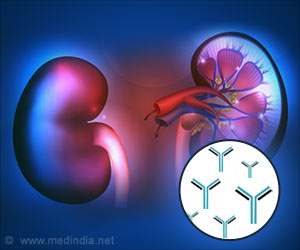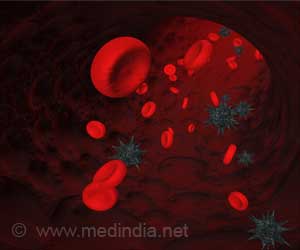A new technique employing mass spectrometry to mine information from genomes could represent a significant boost in the search for new therapeutic drugs.

Graduate student Roland Kersten developed the technique that employs mass spectrometry, a mass analyzing tool that deciphers the size and makeup of molecules, to reveal core structural details of genomes.
“With only very small amounts of crude sample material, the mass spectrometer is able to fragment the unknown peptide into individual amino acid building blocks, so we can then map those to the genome level,” said Kersten, who works jointly in Pieter Dorrestein’s laboratory at the School of Pharmacy and Brad Moore’s lab at the Scripps Center for Marine Biotechnology and Biomedicine. “That provides us information about how to reassemble the molecule.”
Knowing such minutiae through this genomic “mining” approach gives scientists a way to connect the natural chemicals produced by organisms back to the enzymes that construct them. These “biosynthetic pathways” are considered prized information in the search for new pharmaceuticals to treat diseases.
Using the new method, the scientists have already discovered two new classes of peptides, compounds made of amino acids that serve in functions ranging from communication to protection.
“This represents a paradigm shift in the way that natural products are discovered and characterized, and it’s fundamentally different than what’s been practiced for the past decades in this field,” said Moore, a professor at Scripps and the Skaggs School of Pharmacy and Pharmaceutical Sciences at UC San Diego. “This has the capability of really changing the way natural products, or simply chemicals, are discovered in nature.”
Advertisement
“We’re trying to bring up the speed of discovery in chemistry,” said Moore. “There’s a huge amount of information that’s out there and we are only scratching the surface-we’d like to dig a little deeper.”
Source-Medindia








